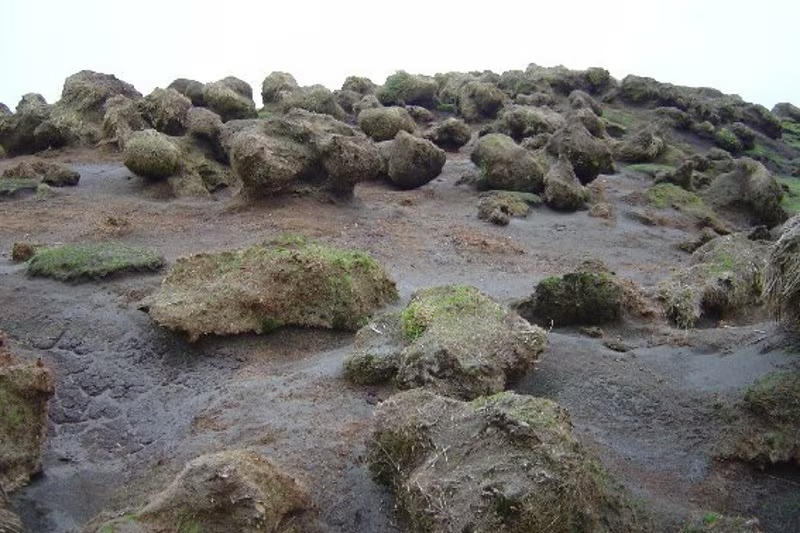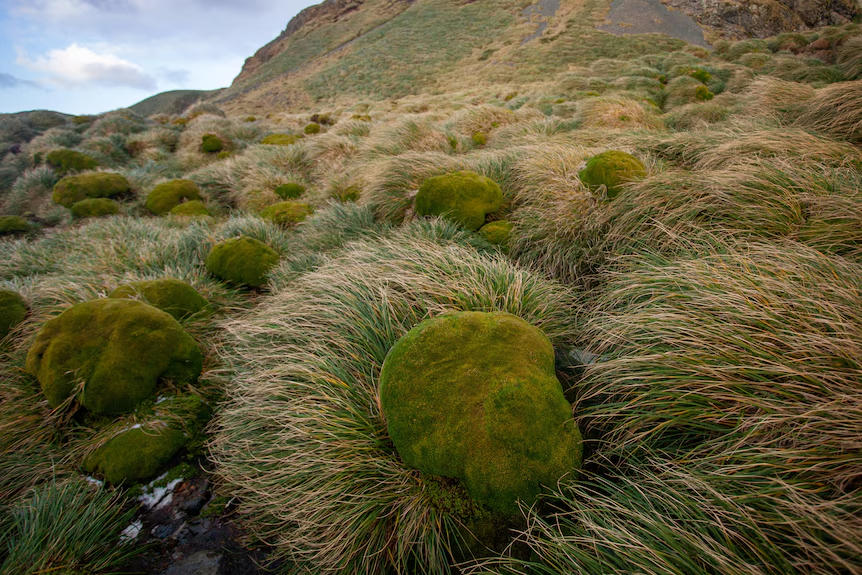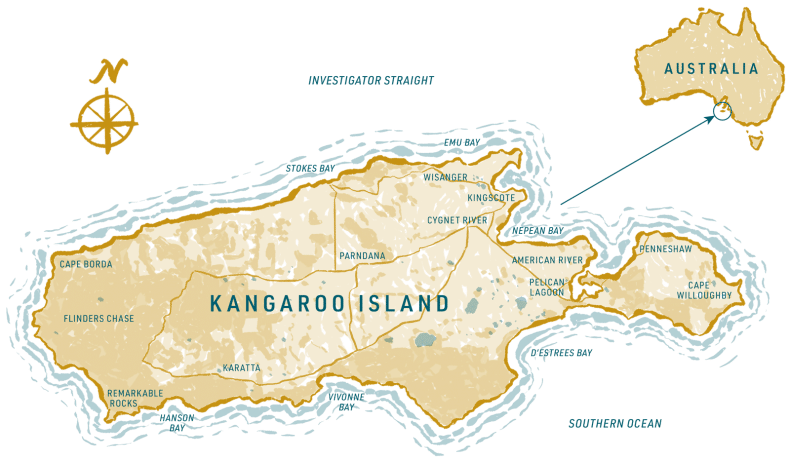A positive story of environmental recovery – Macquarie Island and other interesting island pest eradication projects
For a little dose of good news from well outside NGT’s normal geographic range, I thought this recent ABC News story about environmental recovery on Macquarie Island (an Australian sub-Antarctic island situated about half way between Tasmania and Antarctica), was worth sharing. The transformation in the habitat on the island has been stunning and its resident wildlife have experienced a remarkable turnaround, 10 years after rabbits, rats and mice were successfully eradicated. The starkly contrasting photos below visually tell the story!
It was great to see Dr Kris Carlyon, who I had the opportunity to meet last year in Hobart at the launch of the Macquarie Island Conservation Foundation, sharing his observations in the story. I also heard earlier this year that this new Foundation, which was created to support critical research and management activities to conserve the island’s precious biodiversity values, now has Deductible Gift Recipient Status, meaning that they are able to offer donors a tax deduction. If you are interested to learn more, you can check out their website here.
By the way, while we are talking about remarkable island eradication projects, it would be remiss of me not to also mention the Lord Howe Island Rodent Eradication Project, in the Pacific Ocean off the coast of NSW.
For long-time readers of the NGT newsletter, you might recall that in 2018, NGT’s Long Swamp Restoration Project shared the Society for Ecological Restoration Australasia award for large-scale restoration projects, with the Lord Howe Island Restoration Project, which includes the rodent eradication component referred to here.
A really nice brief summary of Lord Howe Island Rodent Eradication Project, written by John Cooper for the Mouse-Free Marion Project is shared in the pdf viewer below (or can downloaded here). By the way, Marion Island forms part of the sub-Antarctic Prince Edward Island group, located approximately 2300 km south-east of Cape Town, South Africa, and there are hopes that the results achieved on Macquarie Island and Lord Howe Island for rodent eradication might also be replicated there to benefit seabirds. We wish them the very best of luck!
As you will see on page 2 of the article below, the fact that rats were detected again on Lord Howe Island in 2021 and needed follow-up work to be completed – to secure the ultimate outcome for the project – shows (a) why eradication projects need long-term funding and support, and (b) why having good monitoring in place (and a response plan ready to go) is just so critically important!
Lord-Howe-Island-articleFinally, and a little closer to home for many of you reading this, there has also been great success on Kangaroo Island off the South Australian coast, where feral deer and goats were officially eradicated after a 12 year campaign, and attention has now shifted towards trying to achieve the same outcome for feral cats and pigs.
The thing that is especially impressive about this result is that Kangaroo Island is the third largest island off mainland Australia (after Tasmania and Melville Island, NT) – so, for comparison, at 4,416 square kilometres in area, it is just over 34 times bigger than the 128 km square Macquarie Island!
I have only scratched the surface here but, I am sure you will agree, there are a number of fascinating and extremely worthwhile pest species eradication projects underway on islands around the world, and they have a crucial role to play in safeguarding global biodiversity.



